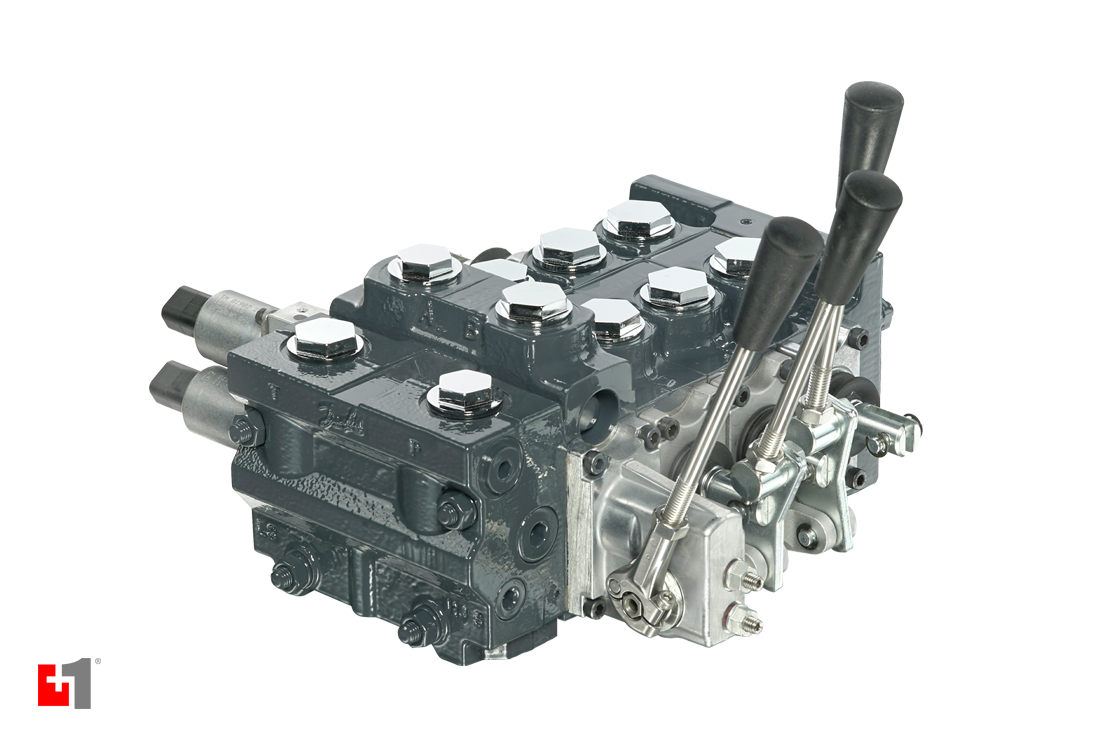Efficient Control Valves: Secret Elements for Efficient System Administration
Wiki Article
Achieve Seamless Integration and Control With Top Quality Building Automation Controls
In the world of modern building management, the relevance of high quality structure automation controls can not be overemphasized. As modern technology proceeds to advancement, the combination and control of numerous systems within a structure have actually progressed to be a lot more advanced and reliable. The seamless procedure and monitoring of illumination, HVAC, security, and various other structure functions have come to be paramount for enhancing owner comfort, power effectiveness, and total functional effectiveness. The journey towards attaining real integration and control is a diverse one, with considerations varying from system compatibility to cybersecurity. Accepting high quality structure automation controls is not just a matter of benefit however a critical important for organizations aiming to maximize their centers' performance and sustainability.
Development of Structure Automation Controls
Throughout the past couple of decades, the advancement of building automation controls has substantially transformed the means buildings are taken care of and operated. Building automation systems largely focused on fundamental functions such as regulating ventilation, heating, and air conditioning (HVAC) systems. Nevertheless, as innovation advanced, these controls have actually ended up being extra advanced, permitting a broader series of structure systems to be integrated and managed centrally.The development of constructing automation controls has actually seen a shift in the direction of even more smart systems that can adapt to altering problems in real-time. This versatility is critical for enhancing energy efficiency and making sure owner convenience. Furthermore, modern building automation controls currently use attributes such as anticipating maintenance, remote monitoring, and data analytics, making it possible for center managers to make data-driven choices to enhance building performance.

Advantages of High Quality Assimilation
The improvement in structure automation manages in the direction of more intelligent systems has actually highlighted the substantial advantages of high quality assimilation in optimizing structure procedures and improving general efficiency. This central control additionally offers much better exposure and insights right into building efficiency, allowing positive maintenance and optimization methods. On the whole, the advantages of top quality combination in structure automation controls are indisputable, supplying increased efficiency, comfort, and operational efficiency.Boosted Customer Experience and Access
Enhancing individual communication with structure automation controls with instinctive layout and boosted accessibility elevates the overall experience for residents and center managers alike. By concentrating on individual experience, developing automation systems can end up being extra efficient and easy to use. Intuitive interfaces, clear navigation, and adjustable setups encourage individuals to interact with the controls easily and successfully.Access attributes play a critical duty in making sure that all individuals, including those with impairments, can utilize the building automation site link controls with convenience. Incorporating attributes such as voice commands, tactile switches, and color-contrasted displays can improve access and make the controls much more comprehensive.
In addition, enhanced customer experience causes greater customer fulfillment, increased productivity, and much better decision-making. Residents can readjust ecological settings according to their choices, while center managers can efficiently take care of and keep an eye on structure systems - control valves. Overall, prioritizing individual experience and availability in building automation controls adds to a much more seamless and productive structure setting for all stakeholders included
Lasting Practices Via Automation

Furthermore, automation can assist in the combination of sustainable energy resources such as solar panels or wind turbines right into structure procedures. With automation, structures can line up with contemporary sustainability objectives and contribute to a greener future.
Future Trends in Structure Control Systems
One prominent fad forming the future of building control systems is the increased combination of Artificial click resources Knowledge (AI) and equipment discovering. In addition, the Internet of Things (IoT) is revolutionizing structure control systems by linking tools and sensing units to streamline procedures and boost performance.
An additional vital trend is the emphasis on cybersecurity actions to secure versus possible risks to developing automation systems. As buildings come to be much more interconnected, ensuring durable cybersecurity protocols will be vital to secure sensitive information and prevent unapproved access.
In addition, the shift in the direction of cloud-based systems is obtaining energy, permitting systematized control and remote access to building systems. This helps with simpler monitoring, maintenance, Full Report and updates, enhancing the overall efficiency and adaptability of structure control systems. As innovation remains to advance, these patterns are expected to shape the future landscape of building automation controls, driving innovation and sustainability in the constructed environment.
Verdict
Future fads in structure control systems are most likely to concentrate on additional improving automation abilities for boosted energy efficiency and total efficiency. It is crucial for structure owners and operators to focus on the adoption of high quality building automation regulates to maximize building operations and achieve long-term sustainability objectives.In the realm of modern building administration, the importance of quality building automation controls can not be overstated. In general, the development of building automation regulates continues to drive technology in the structure monitoring market, providing new opportunities for developing smarter and more sustainable buildings.
The development in building automation manages towards even more intelligent systems has underscored the substantial advantages of top quality combination in maximizing structure procedures and enhancing total performance. Overall, focusing on individual experience and accessibility in building automation controls adds to a much more seamless and effective structure atmosphere for all stakeholders included.
It is crucial for building proprietors and operators to prioritize the fostering of quality structure automation controls to optimize building procedures and attain long-lasting sustainability objectives. - control valves
Report this wiki page